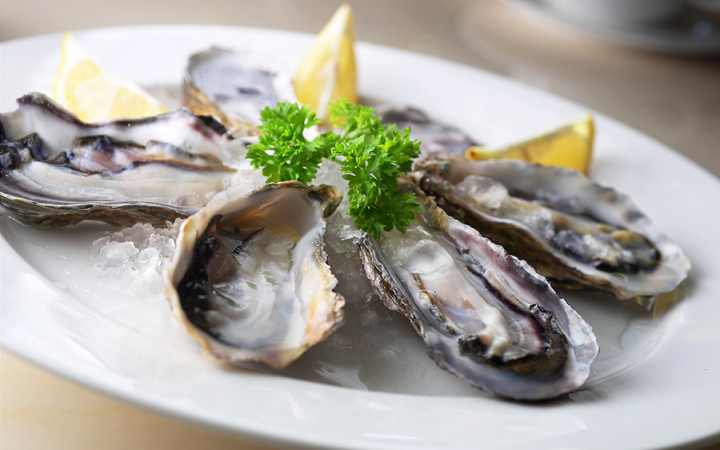Today’s Wonder of the Day was inspired by Elisabeth. Elisabeth Wonders, “Do all oysters have a pearl inside?” Thanks for WONDERing with us, Elisabeth!
Let's pretend it's your birthday. In addition to gifts and a delicious birthday cake, you also get to choose any selection of foods to make up the perfect birthday dinner. What would you want?
If you're like many kids, your list might contain perennial favorites, such as pepperoni pizza, chicken fingers, macaroni and cheese, spaghetti and meatballs, or hamburgers and French fries.
But what about our aquatic friends who live in lakes, rivers, and oceans? Do you like to eat fish, shrimp, or other types of seafood? How about exotic things like octopus or squid? Are you brave enough to eat raw oysters?
Even if you're a fan of seafood, many people draw the line at eating raw oysters. When it comes to the "yuck" factor, there's just something about the slimy, gray, mucus-like consistency of oysters that many people can't stomach.
For others, however, there's nothing quite like a dozen oysters on the half-shell. They enjoy their delicate, rich, salty flavor as they slurp them down with a squeeze of lemon juice. They're even nutritious, since they're high in protein, calcium, and iron.
Oysters have even become the subject of competitive eating competitions. According to the Major League Eating website, Sonya Thomas holds the world record for eating oysters. On June 3, 2012, she ate 47 dozen oysters in just eight minutes!
Fortunately, raw isn't the only way to eat oysters. They can be cooked in many other ways and even incorporated into other dishes. You'll likely find oysters on the menu of most fresh seafood restaurants.
Oysters are members of the scientific family Ostreidae. They're bivalve mollusks that are related to clams, mussels, and scallops.
They can be found in oceans all over the world, although they tend to prefer more temperate areas with shallow water rich in nutrients. They live in colonies known as beds or reefs.
Oysters feed on tiny algae called phytoplankton that live in the water around them. They constantly draw water over their gills, filtering out the food they seek. Scientists estimate they can filter up to 10 liters of water every hour.
Today, wild oysters face threats from increasing levels of water pollution. Many of the oysters eaten by the public come from commercial oyster farm operations.
And, in case you were WONDERing, oysters can produce pearls. However, the oysters that produce pearls (known as pearl oysters) are different than the oysters used as food.




